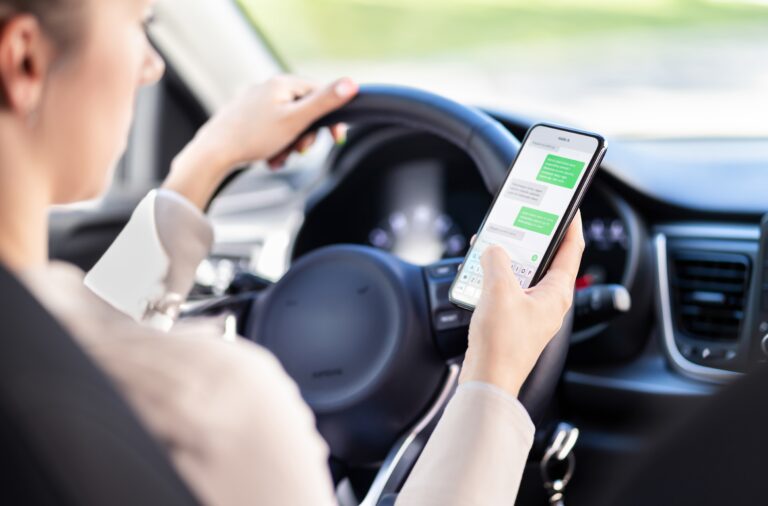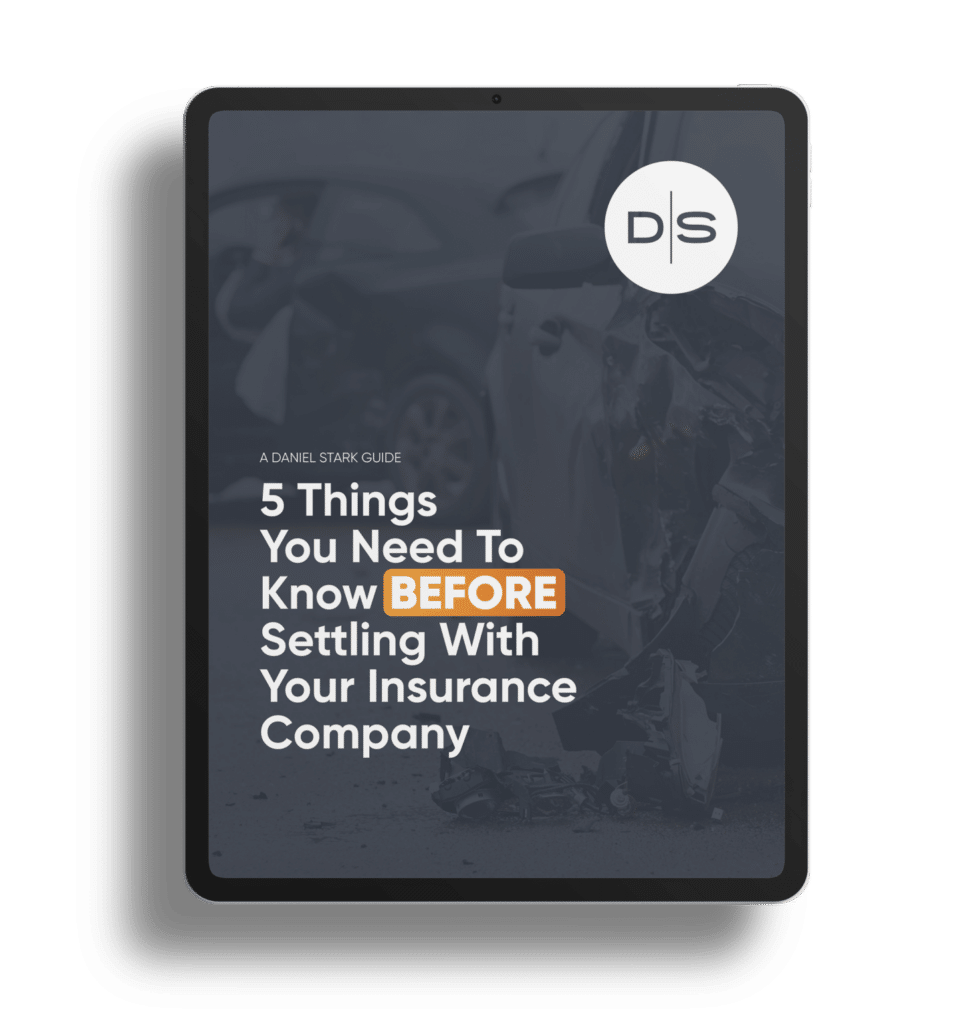Holidays are supposed to be one of the happiest times of the year! They are times we surround ourselves with the people we love and share what we’re grateful for. With the kids out of school, the holidays are the perfect time to plan a vacation or travel to see family.
However, with everyone traveling, traffic intensifies, and car crashes spike. The statistics are alarming, but by following these safety tips, you can feel secure while traveling during the holidays.
Texas Holiday Crash Statistics
Texas is one of the most dangerous states to travel in during the holiday seasons, with a 7% higher crash rate than the national average. Dallas, Fort Worth, and Austin were ranked among the top 5 worst cities to travel during the holidays. Dallas County led the state in speeding-related fatalities, while Travis County had some of the most drunk driving-related fatalities in Texas.
You may not consider Thanksgiving to be one of the more dangerous times to travel, but the deadliest times to be on the road during the holidays are Thanksgiving Day and Black Friday. Thanksgiving led all other holidays in fatal crashes in 2021 and came 2nd behind Fourth of July in 2023.
The following data was collected from 2023 TxDot reports:
- Thanksgiving had over 7,200 crashes, resulting in 50 reported fatalities.
- Christmas took the lead with over 8,000 crashes, resulting in 36 fatalities.
- New Year had over 7,000 crashes with 30 reported fatalities.
In Texas, there’s an average of 1,500 car crashes daily, so holidays increase the risk of a crash by about 30%. Traffic, speeding, and drowsiness all contribute to the increase, but alcohol was a factor in approximately 34% of fatal holiday crashes in 2023. By understanding these statistics, you can prepare yourself and your family for safer holiday traveling.
Holiday Traveling Safety Tips
Traveling during the holidays doesn’t have to be stressful! Follow these safety tips to prevent chaos on your way to and from holiday gatherings.
Plan Ahead
The first step to safe traveling is planning your route ahead of time. Make sure you have a clear understanding of where you’re going. Road closures and construction zones can cause heavier traffic and severe delays.
If you are using a GPS navigation system to help guide you on your trip, program your destination before you leave. Avoid using a handheld device. Holding your phone and looking down for directions takes your hands off the wheel and your eyes off the road, increasing the risk of a crash.
Always secure your GPS or phone at eye level, and make sure it doesn’t obstruct your view in any way. Use a system that provides audio instructions so that you aren’t distracted by trying to find your next turn.
Check your Vehicle
Before you leave, give your vehicle a quick inspection. Make sure your tires are in good condition and ready for the trip ahead. Healthy tires enhance your car’s fuel efficiency, and proper grip keeps you steady and safe. Don’t forget the spare! Having a reliable backup can be a lifesaver if you experience a flat – especially because finding an open auto shop during the holiday season might be challenging.
Check your oil, windshield wipers, and brakes. Low or dirty oil can lead to engine trouble, which is the last thing you want. To check your brakes, listen for any unusual noises or vibrations when braking, and ensure the brake fluid level is topped up. While windshield wipers may seem like a minor detail, worn-out wipers can drastically reduce visibility. In rain or snow, effective wipers can be lifesaving.
If you are not comfortable with checking the safety of your vehicle on your own, schedule a routine inspection with a professional ahead of time. It’s a simple and fairly cheap way to gain peace of mind and ensure every aspect of your vehicle is good to go. A regular inspection typically costs anywhere between $7-$25.
Monitor Traffic Reports
Navigating through holiday traffic can be daunting, so keep an eye on traffic reports along your route. Apps like Google Maps or Waze use real-time reports to keep you updated on traffic ahead. These navigation guides can also offer an alternative route to avoid highly congested areas.
Consider planning your drive outside of peak traffic hours. If possible, leaving early in the morning or later in the evening can make a significant difference. Some of the most dangerous times on the road during the holidays are between noon and 4 p.m.
Traffic patterns can change rapidly, and peak hours vary between cities and holidays. Staying informed can help you avoid unexpected jams, roadwork, or wrecks that could put your safety at risk and delay your trip.
Watch Weather Reports
During the week before your trip, monitor weather reports in areas you will be traveling through. Keeping an eye on weather conditions helps you prepare and make informed decisions. If forecasts predict severe weather like heavy rain or sleet, consider adjusting your travel time to avoid these conditions whenever possible.
Weather is often unpredictable, so utilize reliable weather apps like Weather Channel or AccuWeather that offer real-time updates and alerts. Setting up notifications can also provide timely information and help you stay one step ahead of Mother Nature.
Avoiding bad weather ensures a smoother and more enjoyable trip and prevents unnecessary stress and potential hazards. However, if you can’t avoid driving through bad weather, follow safety protocols such as reducing your speed in heavy rain.
Drive Smart
During the holiday season, stress levels often rise due to the heavy congestion on the road. It’s important to remain calm and level-headed on the road. Aggressive driving increases the risk of car crashes and adds unnecessary stress. If another driver cuts you off or drives recklessly, take a deep breath and maintain a safe distance.
With the heavy traffic, it can be tempting to speed when you reach a clear stretch of highway, especially if you feel like you’re running late. However, speeding significantly increases the likelihood of car crashes and reduces your ability to react appropriately to unforeseen hazards. Give yourself plenty of time to accommodate for traffic and remain patient. Remember, the goal is not just to arrive, but to arrive safely.
If your holiday festivities include a few drinks, plan a safe ride home ahead of time. The consequences of drinking and driving are severe. Not only are you putting the health and safety of yourself and others at risk, but you could also get yourself in some steep legal trouble. If you plan to drink, get a designated driver, use a ride-sharing service, or arrange for an alternative ride home.
By following these safety tips, you can help prevent the tragedy of a car wreck and enjoy quality time with the ones you love. When you’re on the road this holiday season, make safety your top priority. Happy Holidays!










